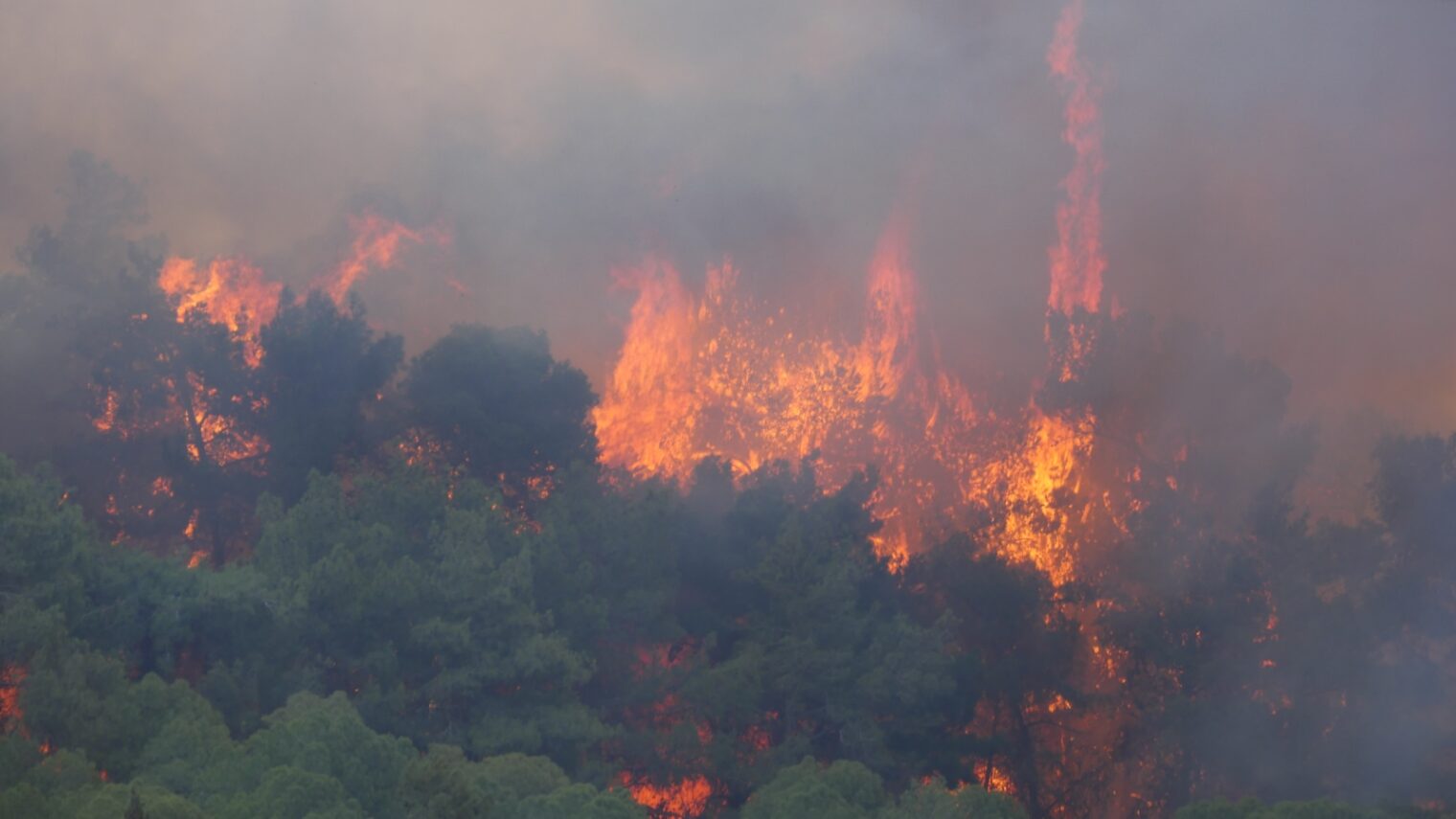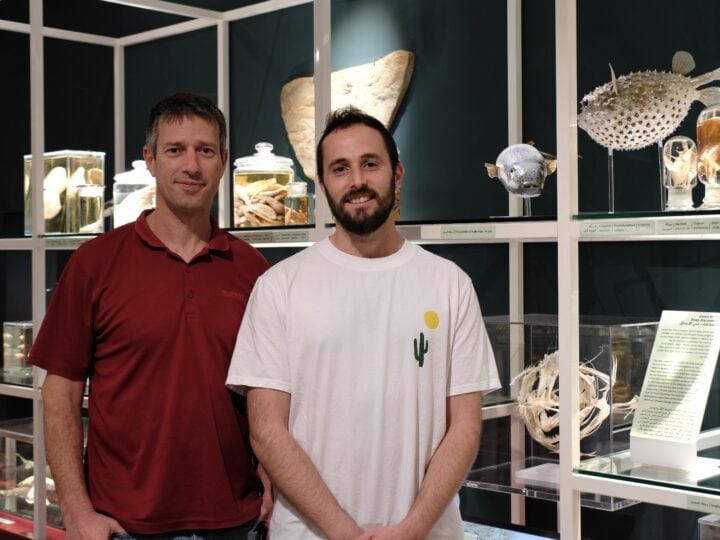Less than a month after wildfires engulfed parts of Israel, tender green growth is emerging from scorched ground in the Judean hills west of Jerusalem.
The stubborn shoots attest to the natural process of healing and also symbolize the difficult but determined return to normalcy for thousands of Israelis affected by the fires.
Some caused by negligence and others by arson, an estimated 4,000 brush and urban fires between November 19 and 28 killed vegetation and wildlife across 10,000 acres in the Judean hills, burned homes and businesses in that region and caused human and structural havoc in the northwestern cities of Zichron Ya’akov and, especially, Haifa.
ISRAEL21c asked how officials are helping the people and forests affected by the most serious blazes between November 23 and 25, which were fanned by unusually dry, windy conditions.
Social worker Michal Harel-Bash, director of one of five municipal welfare units in Haifa, describes the evacuation of 60,000 residents (out of a population of 280,000) on November 24 as the fire spread rapidly through three of Haifa’s largest neighborhoods.
Parents raced from work and home to fetch kids at schools and daycares, while the city organized buses to evacuate residents and found them temporary shelter if necessary.
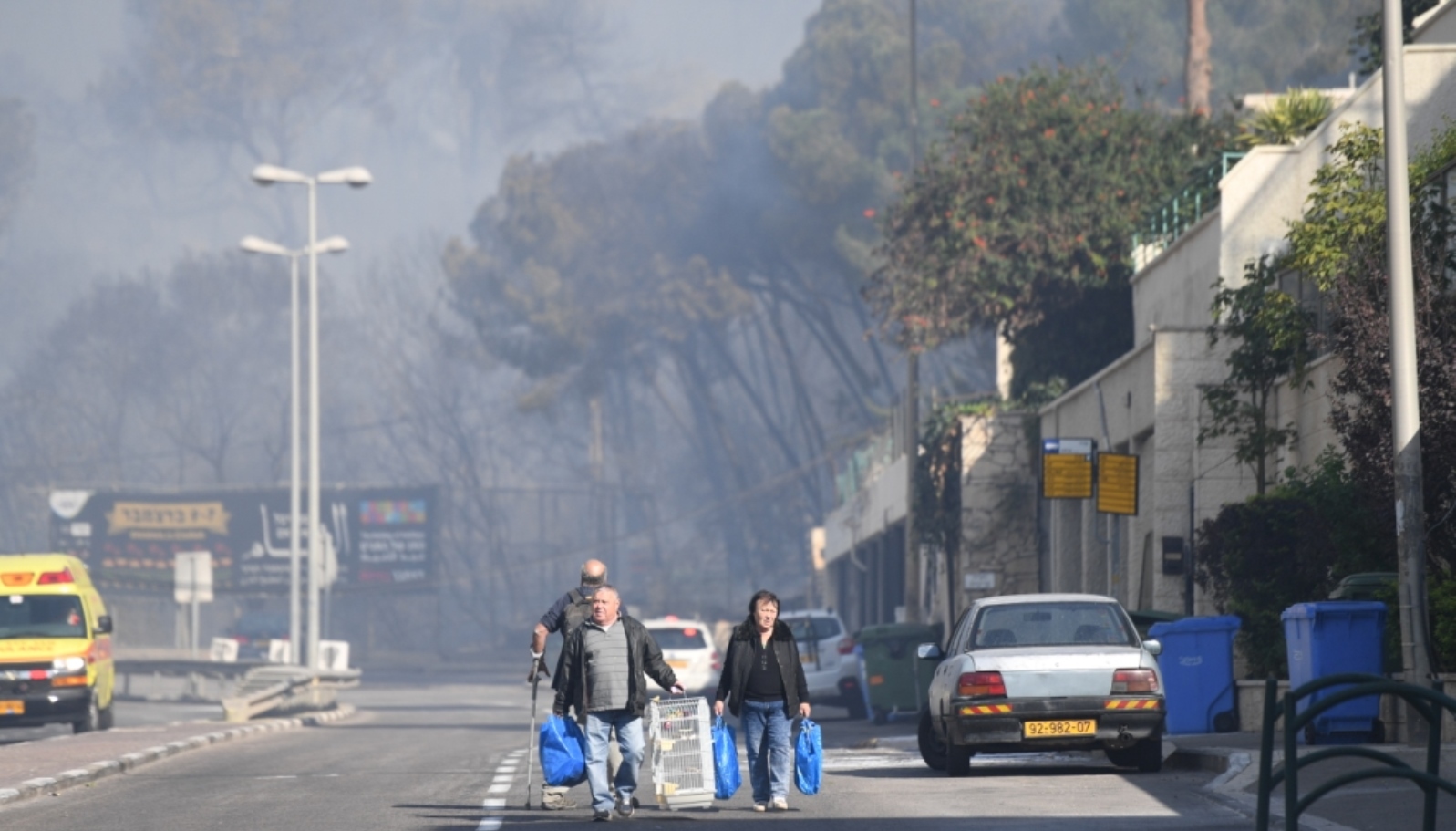
“The municipality immediately opened eight evacuation centers prepared for emergency situations,” Harel-Bash tells ISRAEL21c.
“In the first hours we helped them find accommodations. All of the municipal welfare workers were there till after midnight, and a lot of volunteers came to offer their houses. Some of the families were able to go back home that night, 67 families hosted evacuees for the night and 300 families have been put up in hotels for periods of time since then.” About 30 senior citizens were sent to stay in other senior residences.
On November 25, city social workers began helping occupants of the 1,000 fire-damaged apartments and houses procure basic supplies – most had fled with just the clothing on their backs — and access services such as government insurance payments, appraisals, cleaning and repairs.
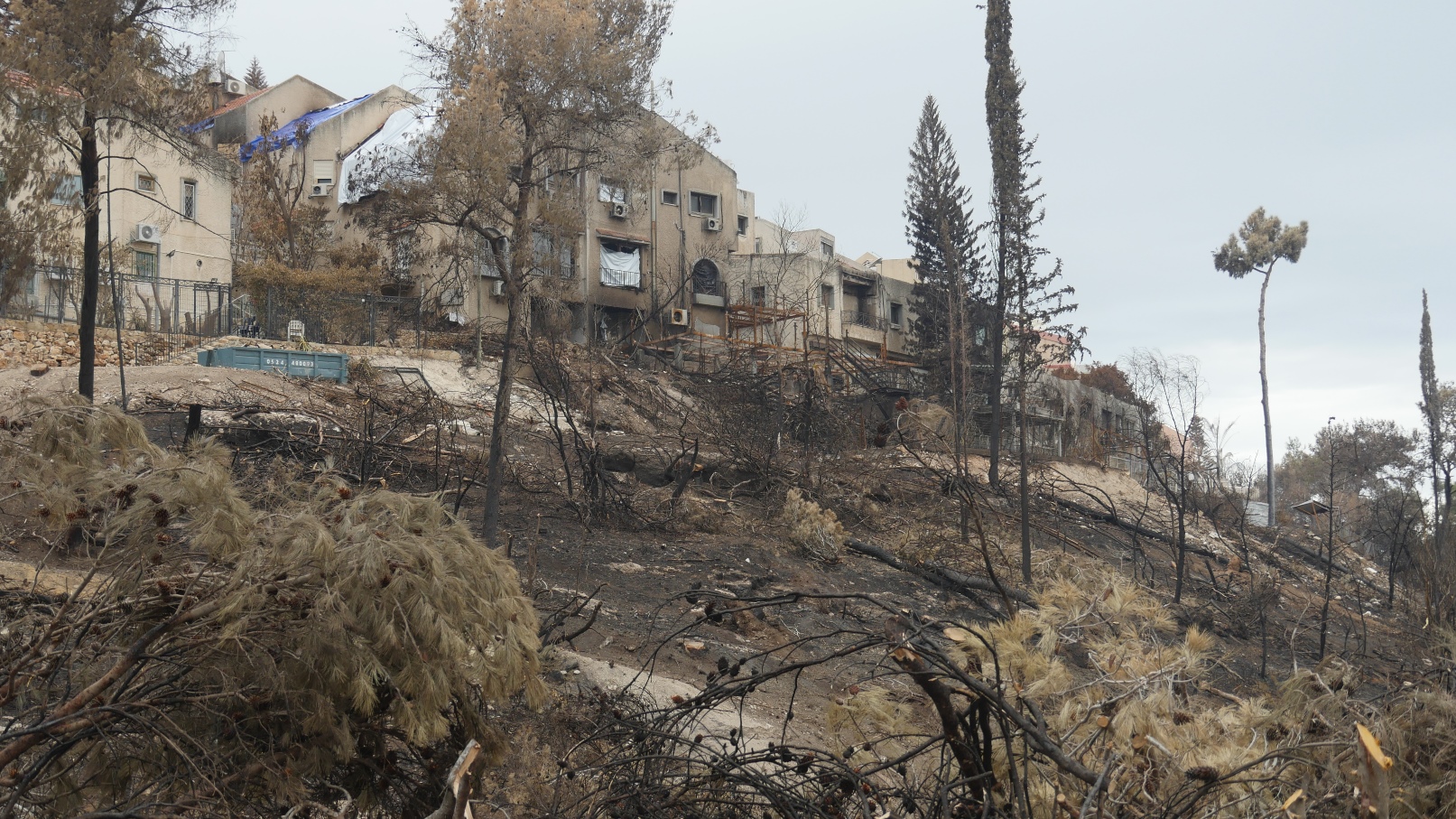
“Some houses burned down completely, some were damaged and have no utilities, some were in danger from trees and other infrastructure falling, and everywhere there is a lot of soot,” says Harel-Bash.
Two drop-in information centers were opened, and Mayor Yona Yahav convened a conference where residents learned about their rights and asked questions of Finance Ministry officials about speeding up bureaucratic procedures for reimbursement.
“The municipality had a situation room open 24 hours a day for more than a week and we were all there in shifts to give the population the fastest and best service we could,” Harel-Bash reports.
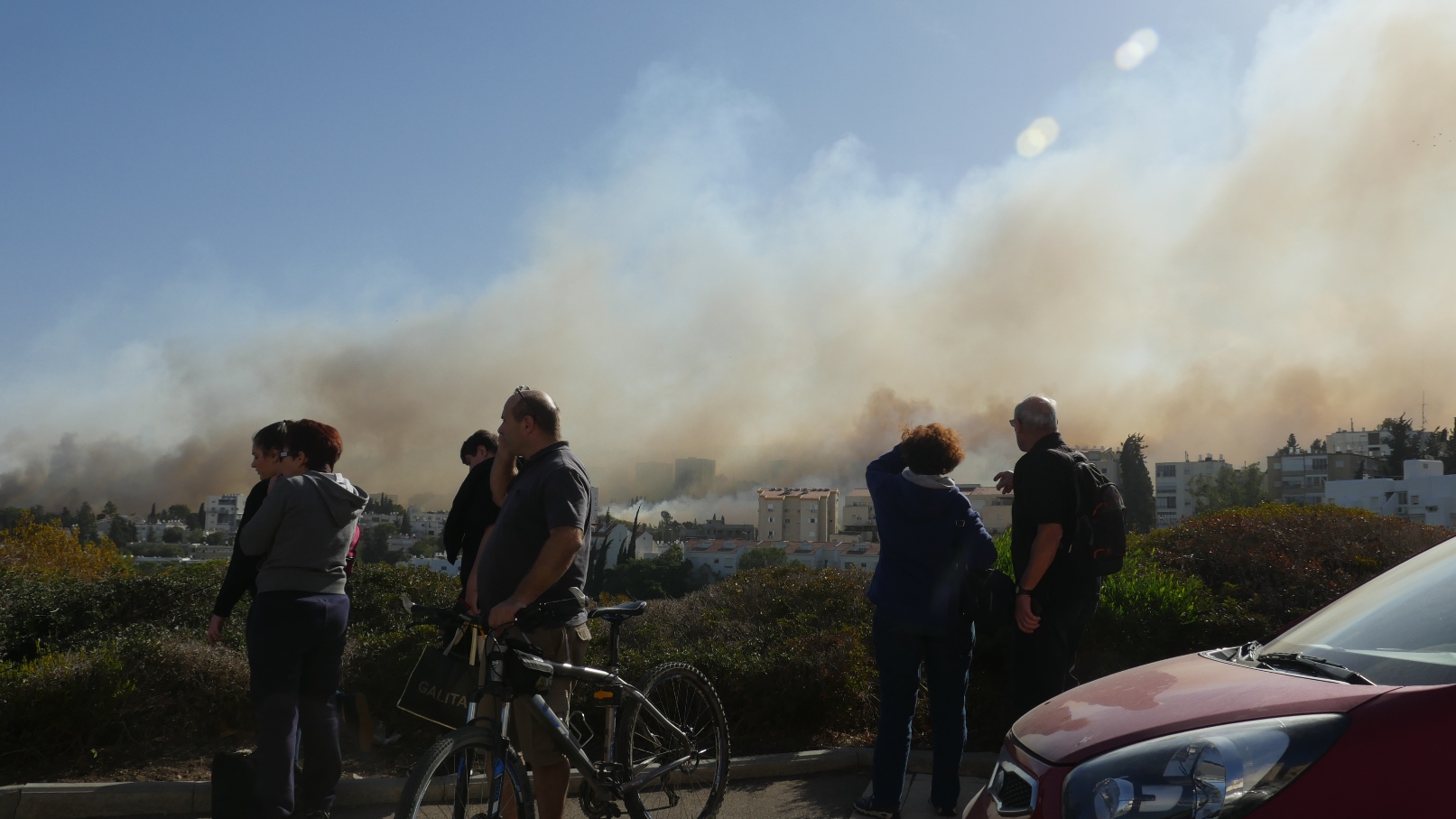
Municipal social workers started phoning residents of the affected areas on the morning of November 27 to assess needs. It was the first day of school after the fires, so educational psychologists visited schools to talk with children and staff.
“From that day on, we have remained in contact with families if they want us to be,” says Harel-Bush. “A social worker is assigned to every hotel housing displaced families, and more than 50 individuals received intensive therapeutic care from the municipality.”
By mid-December, most residents had returned home but many are traumatized by the memory of approaching flames. Those with existing emotional difficulties were pushed into crisis mode.
“We have to be thankful that no one was severely hurt in the fire but I think we’ll see the psychological consequences popping up more in the future,” says Harel-Bash.
She emphasizes the outpouring of good will from across Haifa, Israel and abroad. “People want to donate money and supplies and to come and clean and help people move. So we have a special department to arrange all that. It’s very heartwarming.”
Tempest in a teapot
On December 12, ISRAEL21c joined a press tour led by Chanoch Zoref, Jerusalem region forest supervisor for Keren Kayemeth L’Israel-Jewish National Fund (KKL-JNF). He was one of 150 KKL-JNF personnel who helped fight fires on November 23 and 25 that rampaged through woodlands and surrounded the village of Nataf about 15 kilometers northwest of Jerusalem.
The first conflagration originated with a small flame lit by an elderly security guard to heat a pot of water for tea.
It was a very cold day and he was standing on a scenic ridge in the KKL-JNF Memorial Forest of Polish Jewry, one kilometer from Nataf. His little fire, though enclosed by rocks, spread astonishingly fast over the ridge.
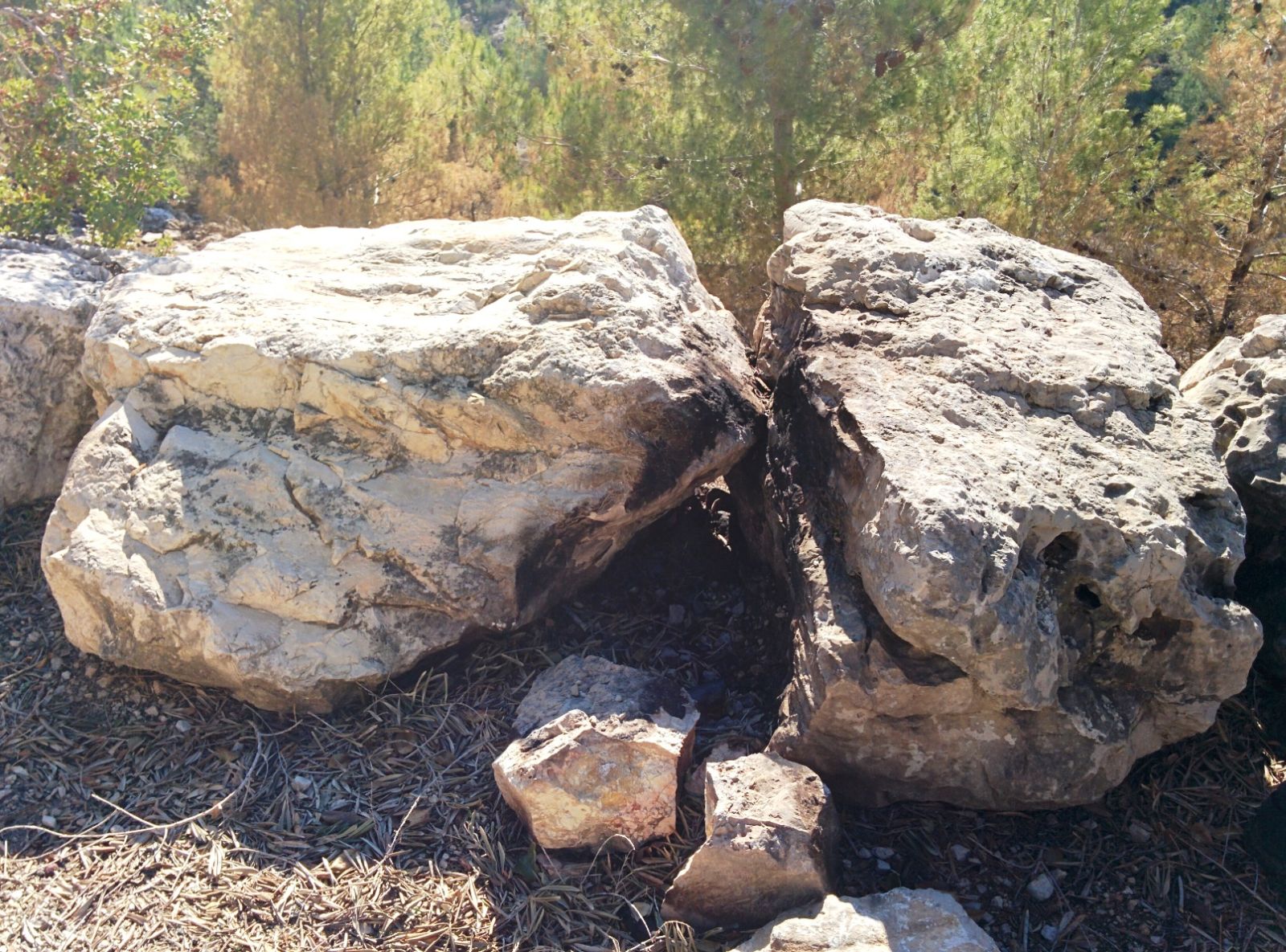
“We’d never had such a dry week with such strong winds,” said Zoref. “The winds drove the fire faster and resulted in bigger flames. We had to fight it from behind because the front was running swiftly, traveling over 4 kilometers in an hour and a half. We stopped the fire only about 100 meters from Highway 1,” Israel’s major east-west thoroughfare.
The second fire was sparked by an incendiary device tossed from the Arab village of Katane, less than 5 kilometers east of Nataf. The 50-kilometer-per-hour winds blew the flames to Nataf in only 10 minutes.
Zoref said considering what could have happened, it was miraculous that there were just two damaged houses and a house and restaurant destroyed.
“This village was saved by very dangerous work by firefighters arriving on 57 fire engines,” he says, referring to the Israel Fire and Rescue Authority.
Zoref took us to 600-meter-high Har HaRuach (Wind Mountain), a wooded reserve overlooking the Judean Hills, Modi’in and the coastal plain.
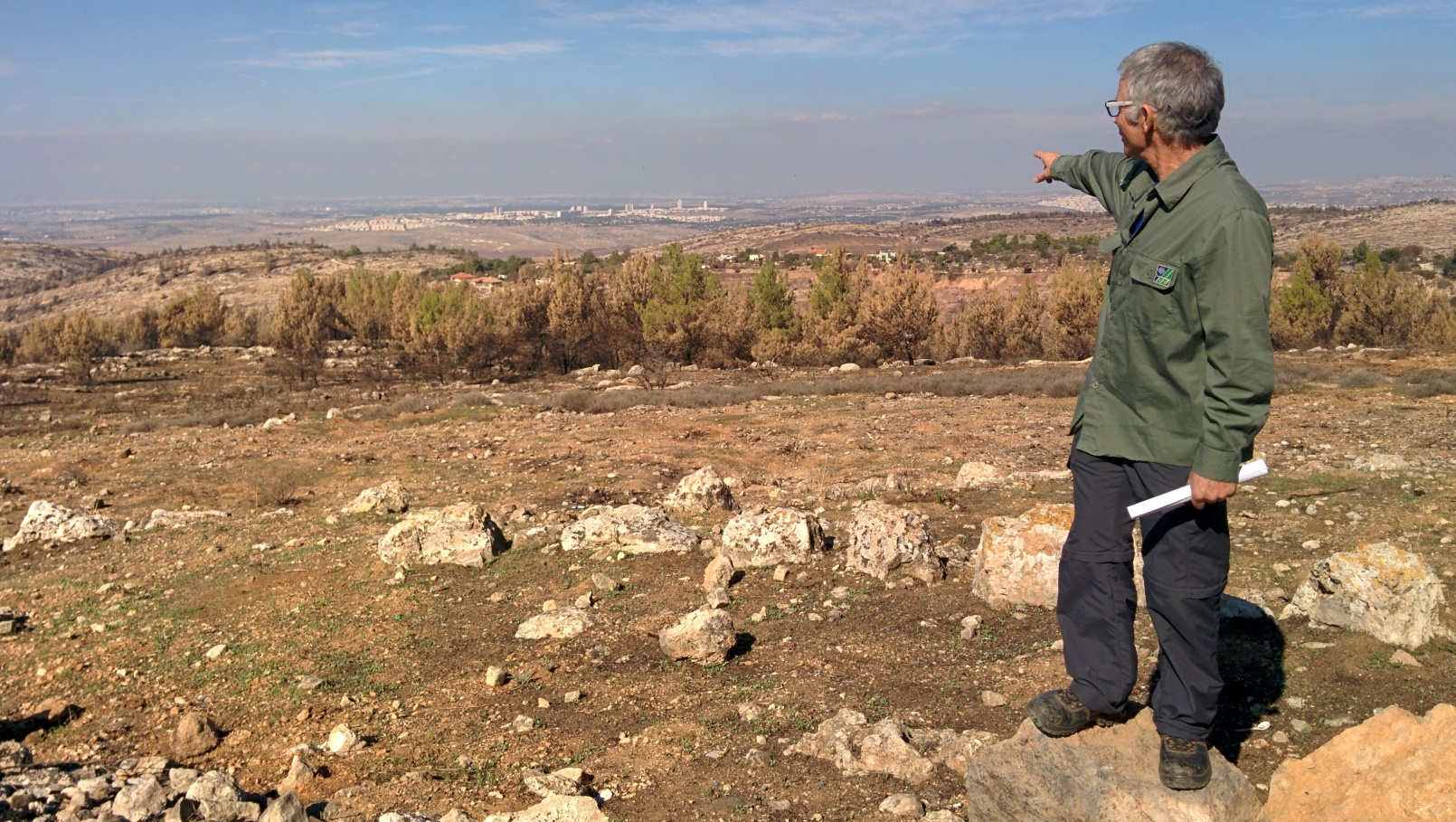
On the ground among the charred Jerusalem pines and other vegetation, we spied bits of green peeking up from the soil.
“The ground fire passed right through this area and all the annual plants disappeared. What you see now is rich new growth. You can’t usually see the smallest plants blooming here,” said Zoref, explaining that despite the terrible destruction they cause, wildfires also “restart” the ecosystem.
For the most part, foresters will simply let the forests rehabilitate naturally.
“The soil is very apt to erosion after a fire, so we don’t even work in the burned area,” Zoref explained. “After the first winter, the area will be more secure in terms of soil erosion. A year later we’ll check the environment and cut dead pines that might be a hazard to hikers or roads or to the rehabilitation of the environment. During the next three years we’ll undertake a planning process to decide what goals we want to achieve here. In the majority of areas we will let the natural process take its course for about 10 years and then we’ll make a survey of the situation.”
Zoref said that due to factors including climate change, wildfires now are much more common across the world and foresters everywhere are developing strategies for prevention and damage control.




